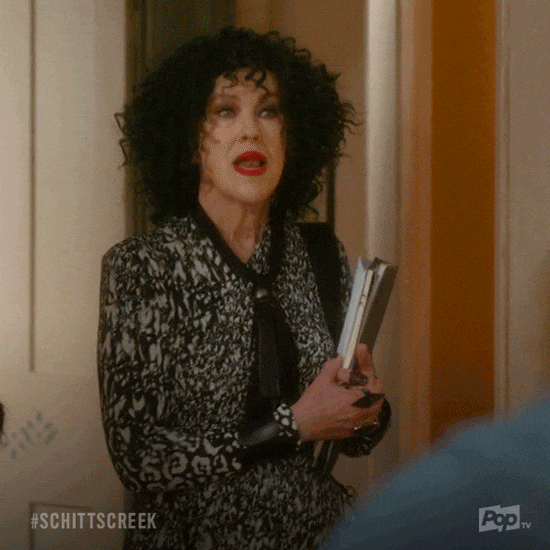How Much Should I Save for Menopause Expenses?
Inside This Issue:
What a menopause emergency fund actually is (and why you need one yesterday)
The magic number that'll have you sleeping like a baby
Where to stash this money so it works for you
Why this changes everything about how menopause feels
What Is a Menopause Emergency Fund?
Here's the thing - menopause isn't just hot flashes and mood swings. It's a financial curveball that can last one-third of your life. Your body decided to have opinions, your brain went rogue, and suddenly you're looking at medical bills you never planned for.
A menopause emergency fund? It's your regular emergency fund's smarter, more prepared sister. This money sits there specifically for when menopause throws you a curveball - unexpected medical costs, career pivots because brain fog is real, or that moment when you realize you need actual help navigating this chaos.
📊 Quick Stat: Research shows 45-70% of perimenopausal women deal with depressive symptoms compared to just 25-30% before menopause. Translation: your earning capacity might take a hit right when you need money most.
Your emergency fund means you can make decisions based on what's best for you. Not what your bank account can handle.
How Much Should You Save?
The Magic Number: 12 Months of Expenses
No sugarcoating. Just math.
Take your monthly spending. Multiply by 12. That's your target.
💰 Quick Calculator:
Your monthly expenses: $______
Multiply by 12 = $______
That's your menopause emergency fund goal
Real Example: If you spend $8,000 a month, you need $96,000 sitting pretty in your fund.
Sound like a lot? Welcome to adulting during a major life transition. This isn't play money - this is freedom money.
Why 12 Months Matters During Menopause
Menopause symptoms love to gang up on you:
Brain fog that makes you forget your own name
Joint aches that appear out of nowhere
Sleep problems that turn you into a zombie
Medical appointments that multiply like rabbits
Having 12 months of expenses means you can take time off, try different treatments, or pivot your career without panic. You get to focus on feeling better instead of wondering how you'll pay rent.
Where to Open Your Emergency Fund
Your emergency fund needs to be safe, accessible, and earning something. Here's where the smart money goes:
High-Yield Savings Accounts ⭐ Best for Most Women
Your reliable friend. FDIC insured up to $250,000. Higher interest than your basic checking account. You can move money instantly when life happens.
Money Market Accounts
The overachiever. Better interest rates than savings accounts, but they're pickier about minimums and transactions. Still FDIC insured, still accessible.
Certificates of Deposit (CDs)
The patient planner. Higher rates for longer commitments. Consider laddering them - some money comes available every few months while the rest keeps growing.
🚫 Skip These:
Your 401(k). Early withdrawal penalties are not your friend.
Individual stocks. Your emergency fund is not the place to gamble.
How This Changes Your Menopause Experience
The Psychology Shift That Changes Everything
When your menopause emergency fund hits that 12-month mark... the relief hits different.
You're not just financially prepared. You're emotionally bulletproof.
No more choosing between your health and your bills. No more staying in jobs that drain you because you can't afford to leave. No more panic when your doctor suggests trying something new.
You get to make decisions from a place of power, not desperation.
Building Your Fund: The Action Plan
Timeline and Strategy
📅 3-Year Building Plan:
Target: 12 months of expenses
Timeline: 36 months to build
Monthly savings needed: Your goal ÷ 36 = monthly amount
Example: $96,000 goal ÷ 36 = $2,667/month
The research says emergency funds should be priority number one. Before vacation savings. Before new car funds. Before anything else.
Frequently Asked Questions
Q: What if I can't save 12 months of expenses? A: Start with what you can. Even 3-6 months gives you breathing room. Build it gradually - something is better than nothing.
Q: Should this be separate from my regular emergency fund? A: Yes. Your regular emergency fund covers general life emergencies. This fund is specifically for menopause-related expenses and transitions.
Q: What if I'm already in menopause? A: Start now. Menopause can last 10+ years, and having financial security makes the entire experience better.
Q: Can I use this money for preventive care? A: Absolutely. Think of it as an investment in your future self. Preventive care now can save you bigger expenses later.
Q: What if I never need to use it? A: Lucky you! This money can transition into retirement savings or other goals. But having it gives you peace of mind throughout menopause.
Q: Should my partner know about this fund? A: That's your call. Some women prefer separate funds for autonomy, others prefer joint planning. Do what feels right for your situation.
Your menopause emergency fund isn't just money. It's permission to put yourself first.
You're going through one of the biggest transitions of your life. You deserve to do it with dignity, choice, and zero financial stress.
Book that doctor's appointment. Try that new treatment. Take time off if you need it.
Your fund has your back.
Share this with 3 women who deserve to feel financially secure during menopause. Because every woman should get to navigate this transition on her own terms.





